DVS Kits - Progressive Safe System 2024

As part of the Mayor of London’s Vision Zero plan to eliminate all deaths and serious injuries on London’s transport network by 2041, TFL have released an enhancement to the current Direct Vision Standard (DVS) ‘Safe System’ with the introduction of the ‘ProgressiveSafe System’ (PSS) from October 2024.
Derby Auto Commercials have a great deal of experience fitting commercial safety systems, using our own sensors and camera technology we have developed ourselves over time. Our commercial equipment is thoroughly tried and tested, and our range covers key aspects of the DVS legislation, as well as future-proofing beyond the 2024 deadline. A focus of the requirements involve improving the driver's ability to see cyclists and pedestrians from a high up cab position. We can enable you to eradicate blind spots from your vehicles.
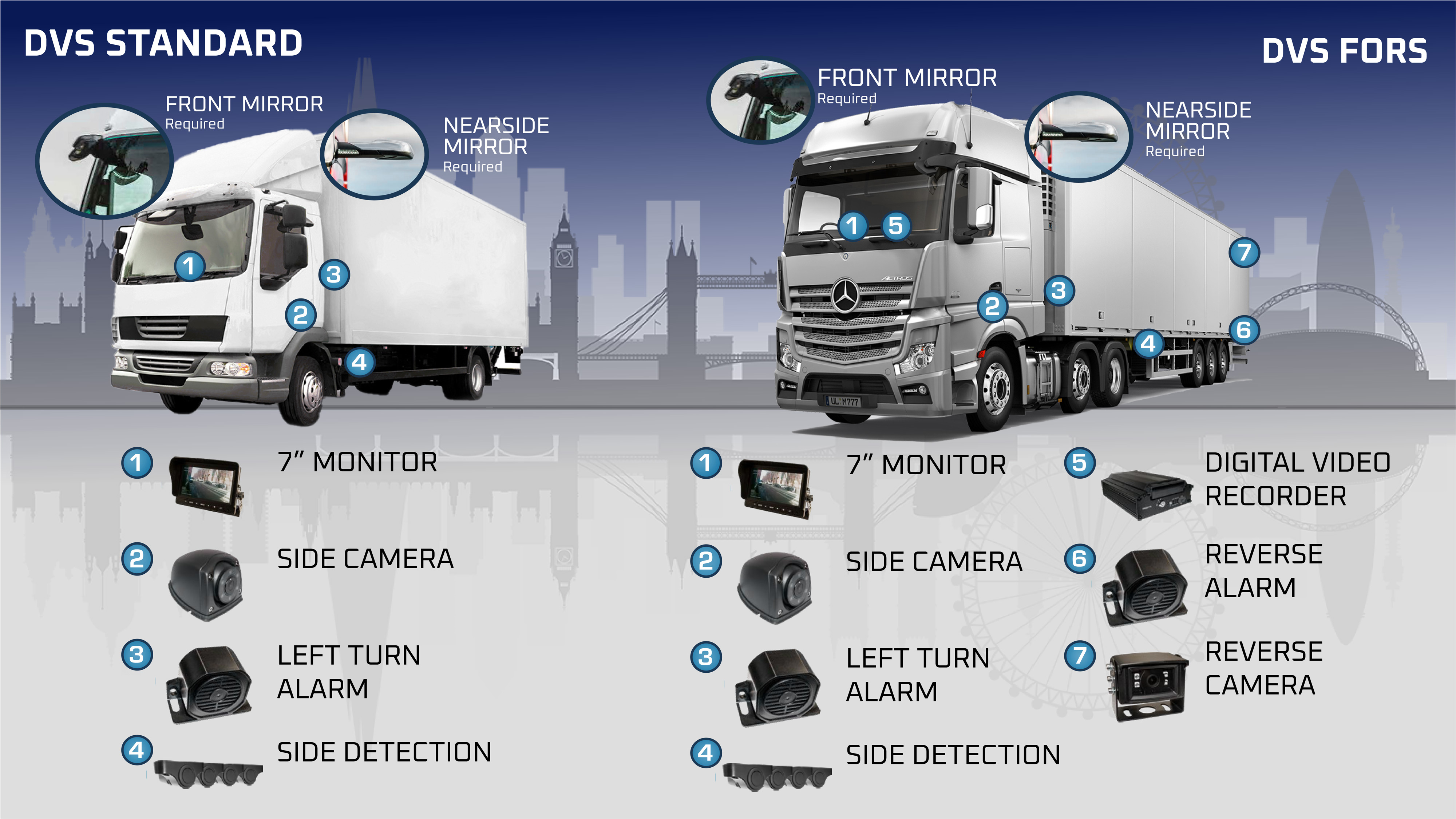
WHEN WILL THE PROGRESSIVE SAFE SYSTEM BE ENFORCED?
From 28 October 2024 HGVs over 12T must meet a minimum standard of three-star rating, where vehicles do not meet this minimum standard operators are required to implement a series of vehicle safety measures, which are designed to reduce the risks that HGVs present to vulnerable road users (VRU). Vehicles must then obtain a safety permit before entering and operating in Greater London.The new PSS will come into force from 28th October 2024, and will apply to all vehicles that have a two-star rating or lower. 0, 1 and 2-star permits granted before 24 June 2024 are valid until midnight on 27 October 2024, by when these permit holders will need to have applied for a new safety permit to demonstrate that their vehicle meets the new PSS requirements to operate in London. We will begin to accept applications under the new requirements from 24 June 2024 for vehicles that will need a permit with a PSS condition. These permits will be valid until midnight on 28 October 2030. Existing permits (with a Safe System condition) for these vehicles will remain valid until their stated expiry date, at midnight on 27 October 2024. For more information and guidance please visit TfL website here.
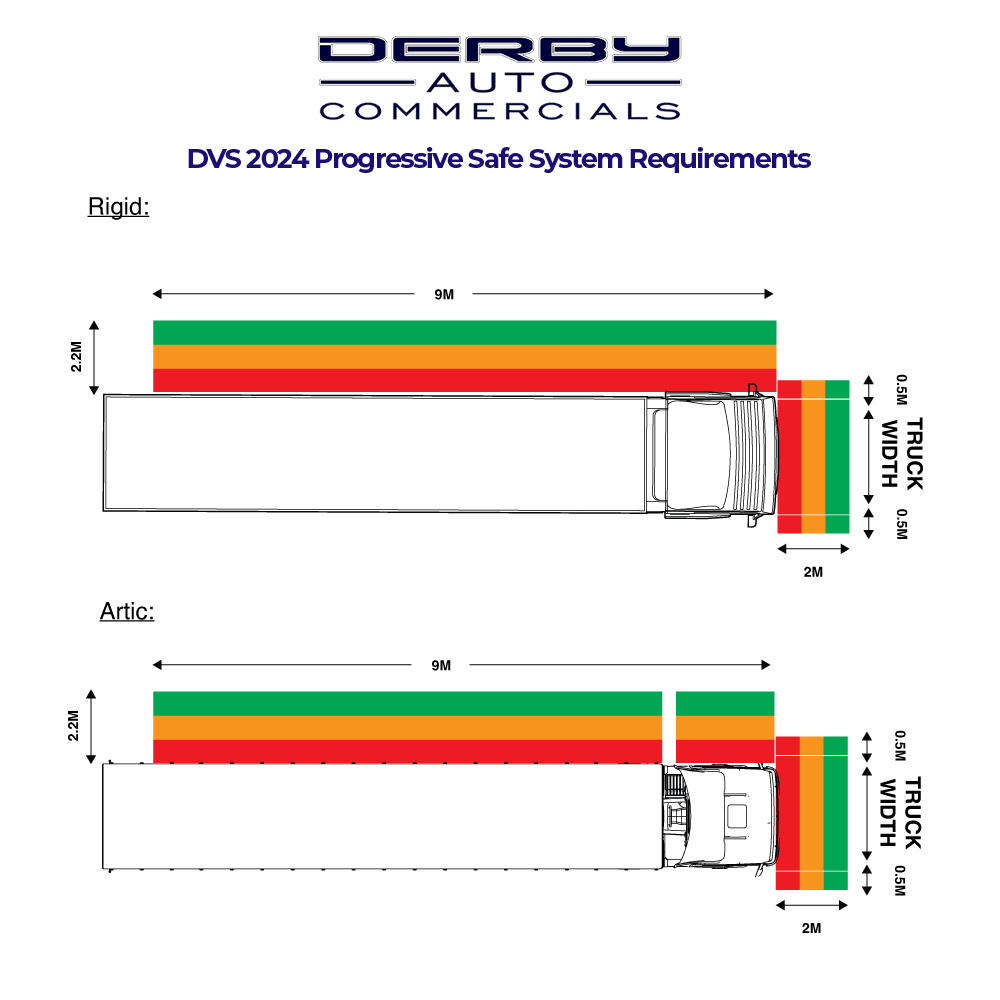
Required Equipment
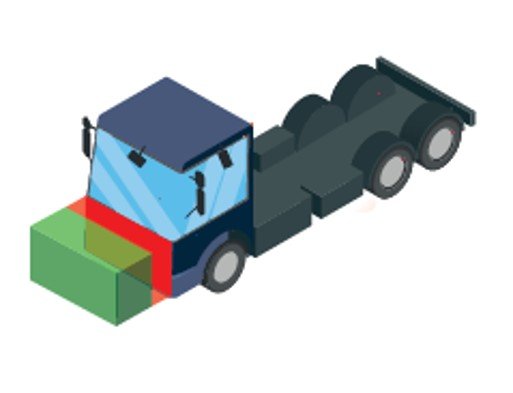
Vehicles must have a Moving Off Information Systems (MOIS) that detects pedestrians or cyclists entering the blind spot area in front of the vehicle, when the vehicle is stationary with the brakes applied. This signal must be escalated to a collision warning if the driver begins to prepare the vehicle to move off from a resting position. Front sensor systems must be ‘active’ and able to react to the presence of Vulnerable Road Users (VRU). They must not provide false alarms. The system must provide a visual signal to show that it has detected a VRU in the detection area, as specified in the technical specifications. If the vehicle then moves off with the VRU detected, then a collision becomes imminent, and an audible alarm signal should sound. For more information on BSIS please visit TfL website here.
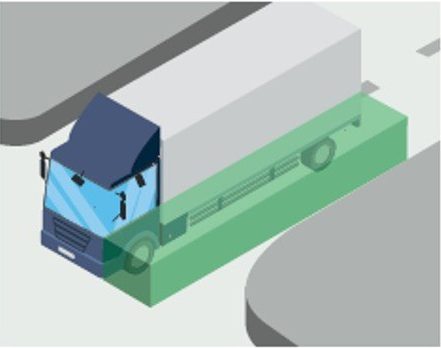
All vehicles must have a Blind Spot Information System (BSIS). The systems should only provide the information signal to the driver in response to the presence of a Vulnerable Road User (VRU) and not a car or a piece of roadside furniture (unless a collision with those items was imminent). The detection range must be 2m in height, 2.2m to the side, and 9m to the back. The system must be active at all vehicle speeds between 0 km/h and 30 km/h and able to issue information signals and warnings irrespective of the activation status of the direction indicators. For more information on BSIS please visit TfL website here.
To completely eliminate the remaining vehicle Blind Spot at the nearside, a Camera Monitoring System must be fitted, regardless of whether mirrors are fitted. Incab monitors must be positioned close to a window edge or existing mirror location (without obscuring the view through the window) to minimise the time the driver needs to take their eyes off the road to see the monitor. A Mirror Replacement Camera System may also be used as an alternative to fitting Class V and VI mirrors. Monitors only intended to show blind spots related to low speed manoeuvring, such as mirror replacement cameras, may switch off at speeds above 20mph. An additional camera monitoring system does not need to be fitted where one already exists in the vehicle, such as to replace mirrors, and the same safety benefits are achieved.
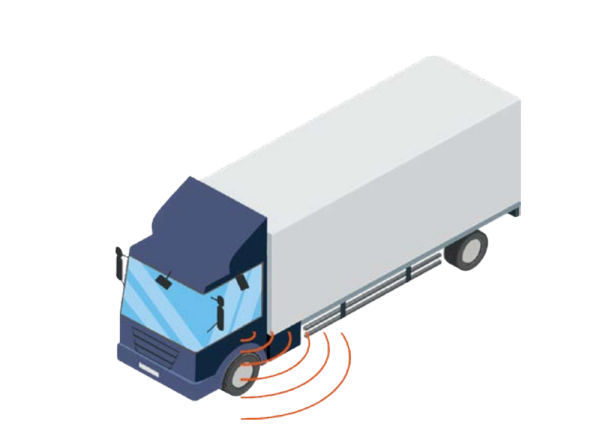
Vehicles must be fitted with Audible Warning equipment to make nearby pedestrians, cyclists and other road users aware that the vehicle intends to carry out a turning manoeuvre. Operators should consider fitting an Audible Warning System that combines spoken warnings and white noise. It is recommended that Audible Warning Devices require minimal driver intervention. The device should have a manual on/off switch for use between the hours of 23:30 and 07:00. For left-hand drive vehicles, the Audible Vehicle Manoeuvring Warning must be fitted to warn people walking and cycling when a vehicle is turning right.
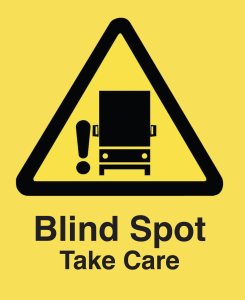
Warning Signage must be displayed on the rear of the Rigid Vehicle and any trailer unit in use, not the front tractor unit.

MOVING OFF
(MOIS)
The Progressive Safe System (PSS) is a system that builds on the requirements of the 2019 Safe System and ensures that operators in London are using the latest safety technology and equipment. The PSS will help reduce collisions and improve safety for all road users, for more info click the button below.

BLIND SPOT RADAR SYSTEM
in 2024/5 the regulations for Heavy Goods Vehicle’s (HGV’S)are changing in london with the primary function is zero fatalities for vulnerable road users (VRU). The difference between the old requirements & new 2024 is mainly the moving off system (MOIS), for more info click the button below
Star rating

A HGVs DVS star rating is based on how much the driver can see directly through the vehicle’s cab windows of the area around the vehicle where collisions are most likely to take place.
